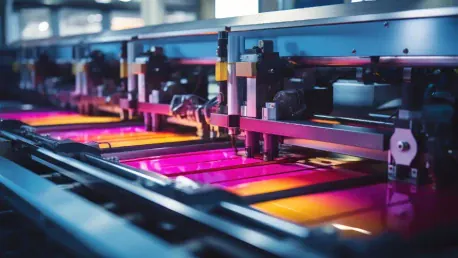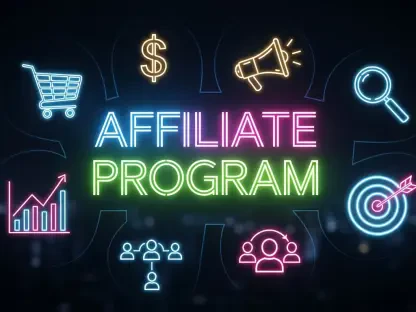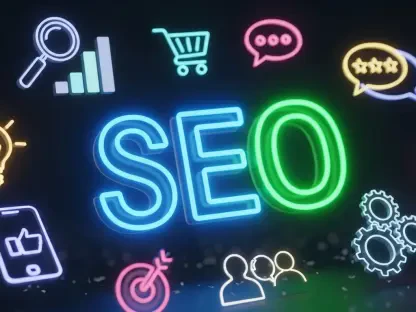As the out-of-home (OOH) printing industry continues to grow, the pressing need for sustainable practices becomes increasingly evident. The adoption of environmentally friendly materials and processes has made some progress, but significant challenges remain in driving this transformation forward. Naresh Kumar Dasari, Managing Director of MacroMedia Digital Imaging Pvt. Ltd., highlights the vital role government mandates and heightened awareness play in achieving sustainability in this sector.
The Role of Regulations
Government Mandates vs. Client Choices
Naresh observes that clients often choose sustainable materials only when regulations compel them to do so. Instances such as the successful implementations in the Bengaluru Metropolitan area and Kerala are noticeable examples. Nevertheless, this selective adoption indicates a significant gap in the overall awareness and willingness to embrace eco-friendly options. Many clients seem not to be sufficiently informed about the hazardous nature of traditional printing processes, particularly those involving solvent inks that fail human health and safety standards in India. These inks release toxic compounds that can harm both the environment and public health.
In contrast, many Western countries have implemented UV and GreenGuard-certified technologies, which are less harmful due to their lower emissions and more stringent safety standards. This disparity underscores the need for stricter regulations and better education regarding the benefits of sustainable printing solutions. Clients’ lack of knowledge about the detrimental impacts of toxic printing materials makes stringent government mandates vital in steering the industry toward greener practices. Without these regulations, the transition to sustainable materials remains slow and uneven, hampering the broader effort to protect the environment.
Cost as a Deterrent
Another significant barrier to the widespread adoption of sustainable practices is cost. The price difference between PVC flex and non-PVC materials, as well as between solvent printing and GreenGuard-certified processes, has historically been considerable. This cost disparity discourages many businesses from investing in sustainable alternatives, particularly smaller companies operating on tighter budgets. However, there are signs that this economic hurdle is gradually diminishing. Over time, technological advancements and increased demand for eco-friendly materials have started to narrow the cost gap between traditional and sustainable options.
Despite these positive trends, challenges persist. For instance, the recyclability of non-PVC materials in India remains dubious, raising questions about their overall environmental benefits. Additionally, distinguishing between toxic and non-toxic inks post-production poses a further complication, as proper labeling and verification are often lacking. These obstacles illustrate that while the financial aspect of sustainable printing is improving, more comprehensive solutions and incentives are needed to facilitate broader adoption and ensure genuine environmental benefits.
Driving Awareness and Action
Proactive Client Actions
Meaningful change in the OOH printing sector will require proactive actions from clients, driven either by personal commitment to sustainability or through enforced regulations. Some forward-thinking brands have already begun shifting towards sustainable materials, indicating that an evolution is underway. However, these initiatives are scattered and sporadic, lacking the momentum needed to bring about significant industry-wide transformation. Brands that take the lead in adopting eco-friendly materials not only contribute to environmental conservation but also set a precedent that others may follow.
To support these pioneering efforts, stakeholders in the industry must prioritize educating clients about the long-term benefits and importance of sustainable practices. This involves disseminating information on the environmental and health risks associated with traditional printing methods and highlighting the advantages of certified green technologies. Raising awareness can help bridge the knowledge gap and encourage more clients to make informed, responsible choices that align with sustainability goals.
Legislative Efforts
As the out-of-home (OOH) printing industry grows, the urgent need for sustainable practices becomes increasingly clear. The industry has made some strides in adopting eco-friendly materials and processes, yet substantial challenges remain in pushing this transformation forward. Naresh Kumar Dasari, Managing Director of MacroMedia Digital Imaging Pvt. Ltd., underscores the crucial role that government mandates and greater public awareness play in fostering sustainability in this sector. He believes that regulations set by the government are essential for enforcing eco-friendly standards across the board.
In addition, promoting awareness among companies and consumers about the importance of sustainability is critical. Educational initiatives and community engagement can lead to a broader understanding and acceptance of green practices. As more businesses and individuals become informed about the environmental impact of OOH advertising, the shift towards sustainable options will gain momentum. Although progress has been made, a collective effort from both the public and private sectors is necessary to address the environmental challenges in the OOH printing industry effectively. This multi-faceted approach will drive the industry towards a more sustainable future.









